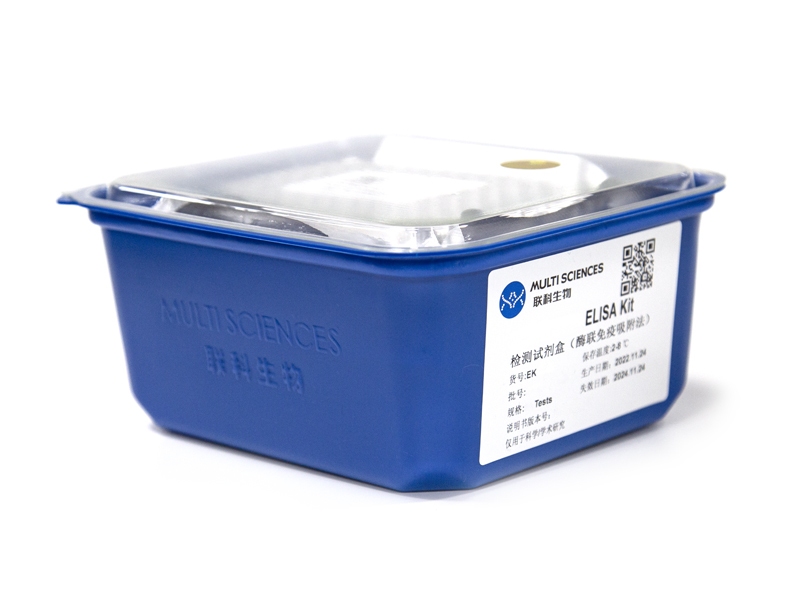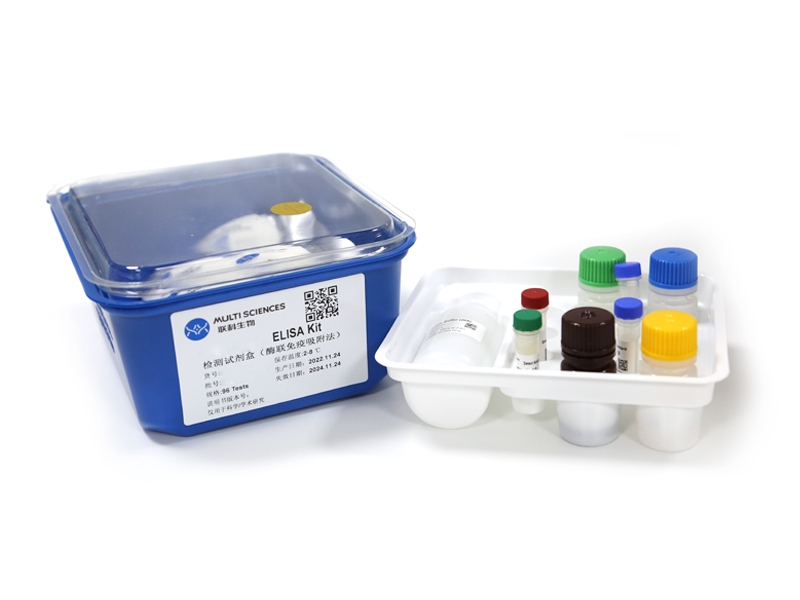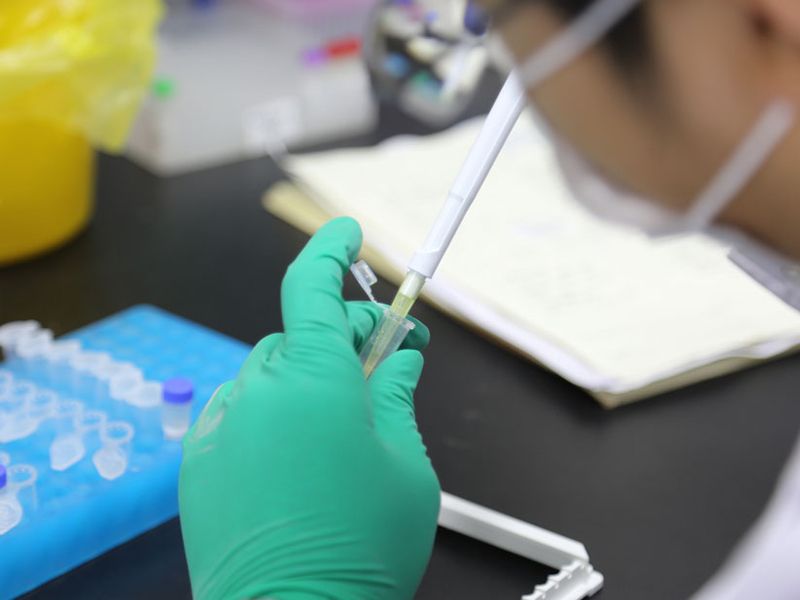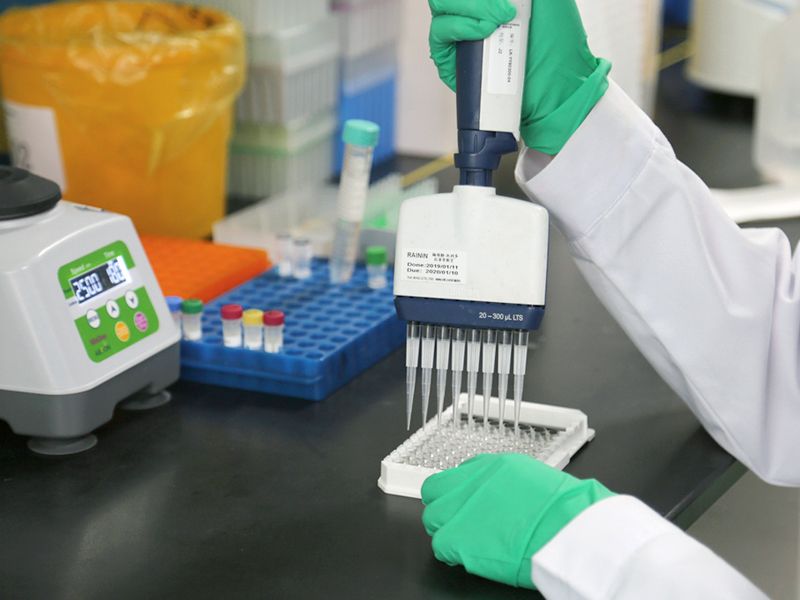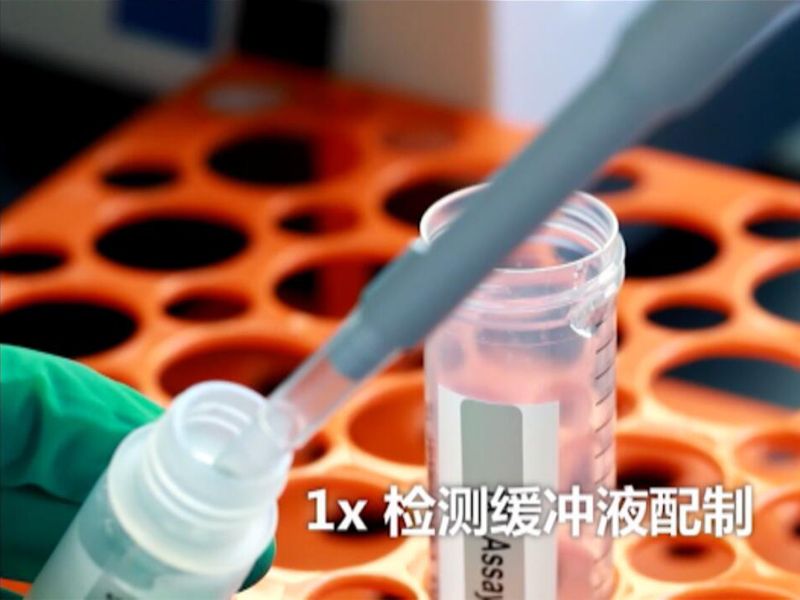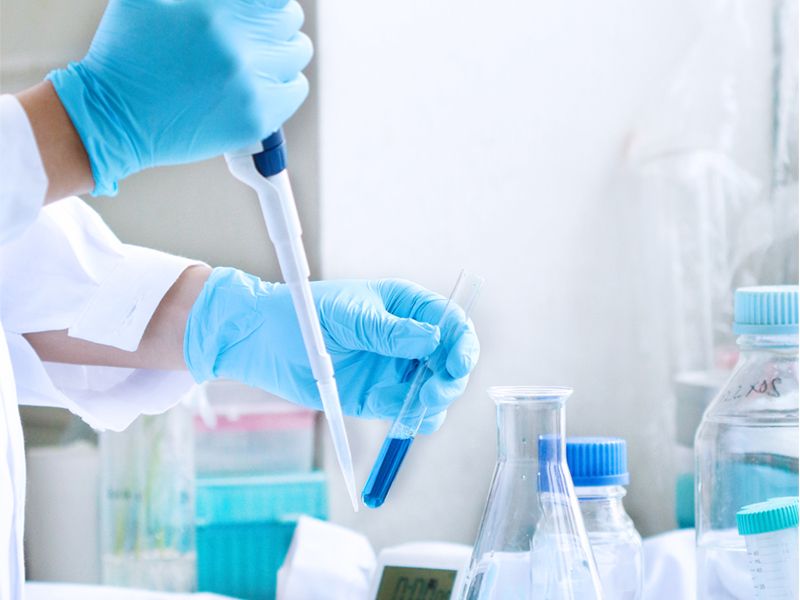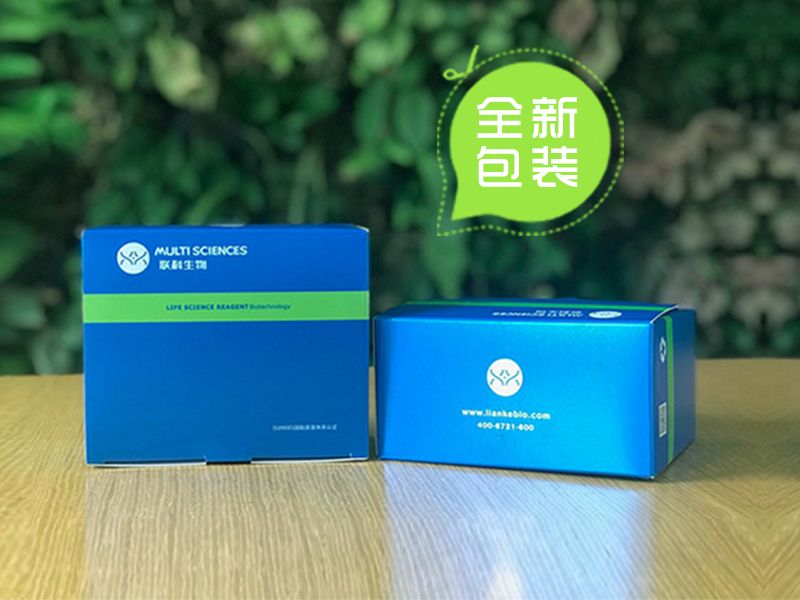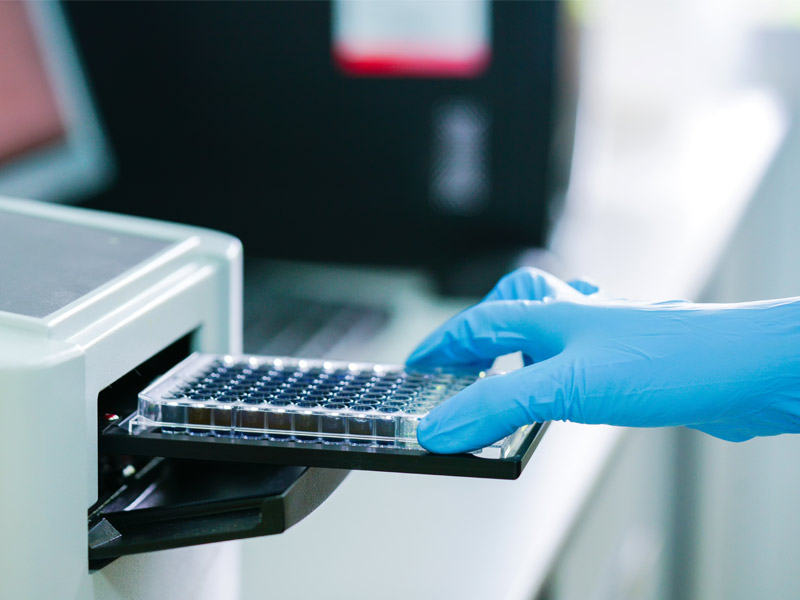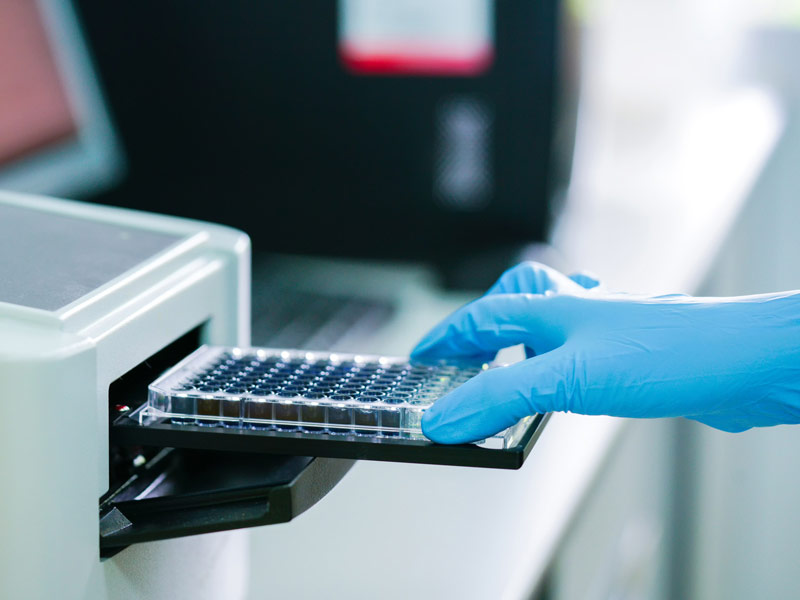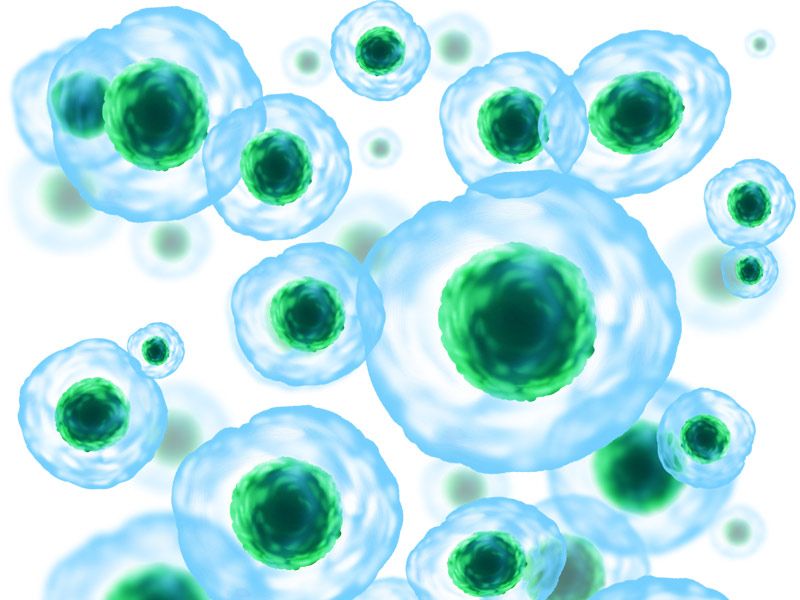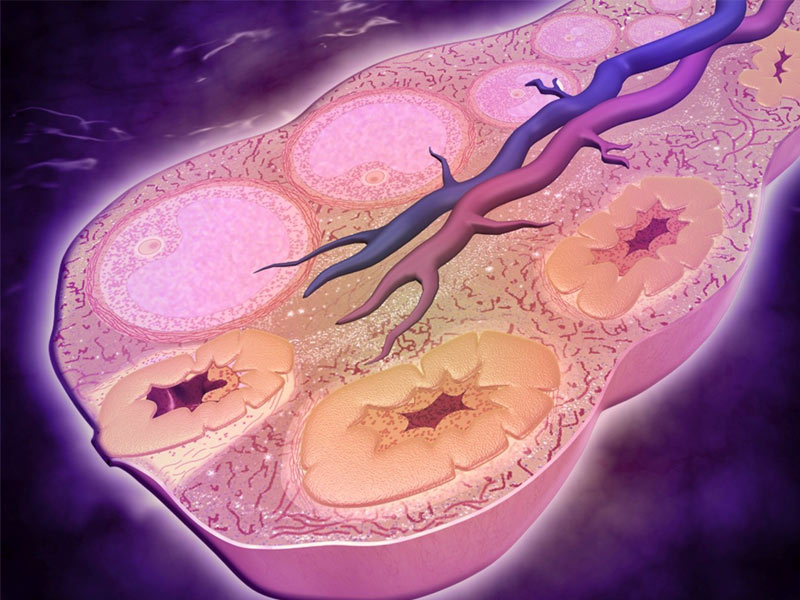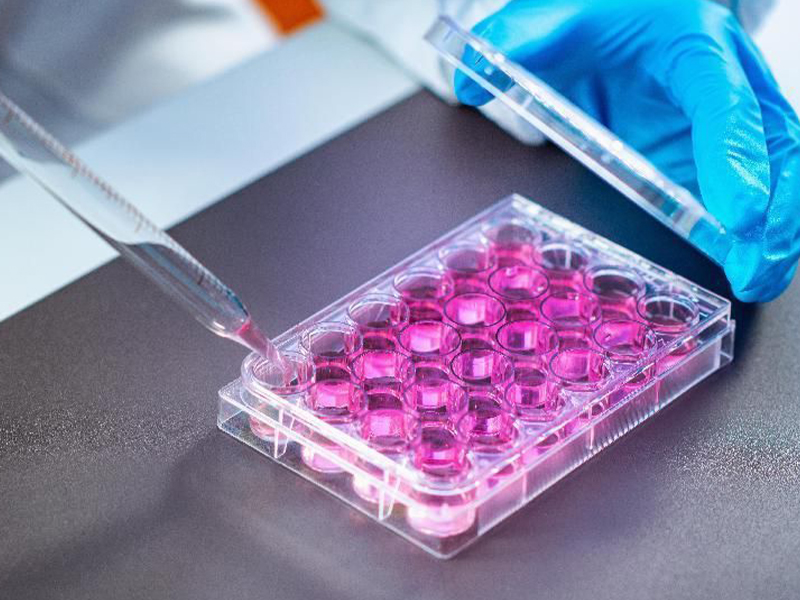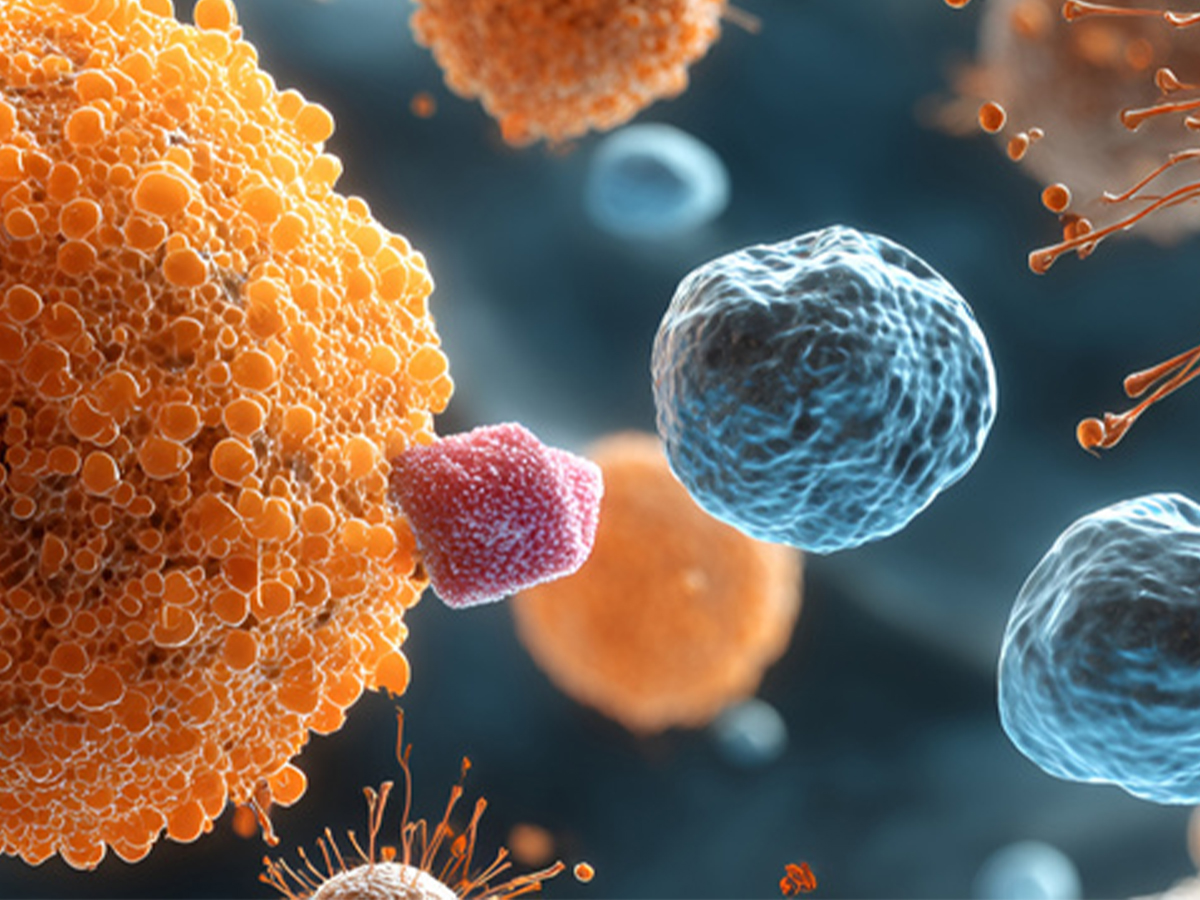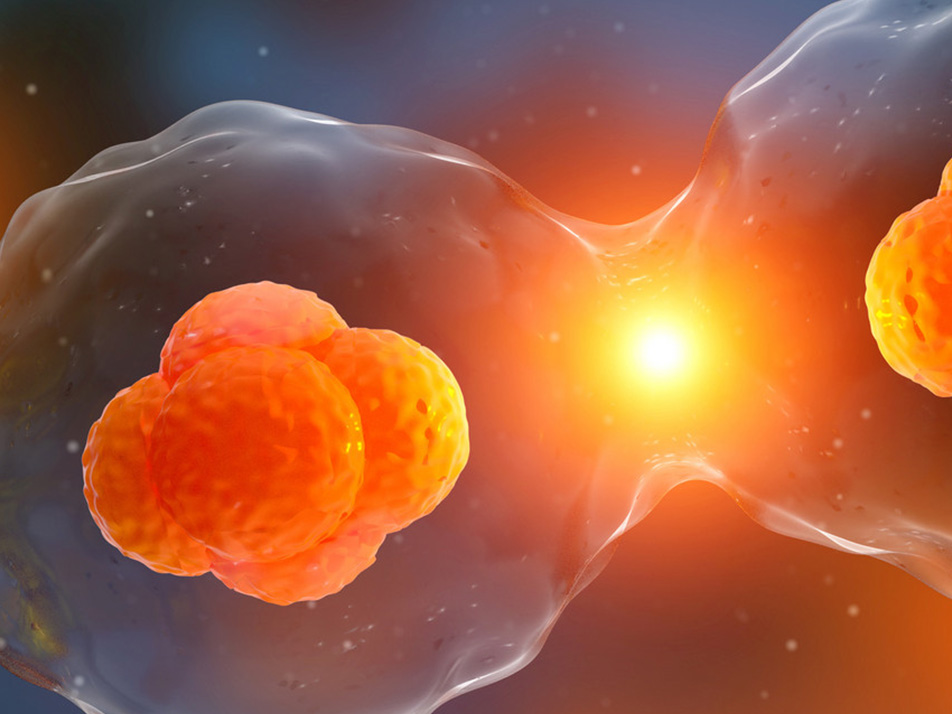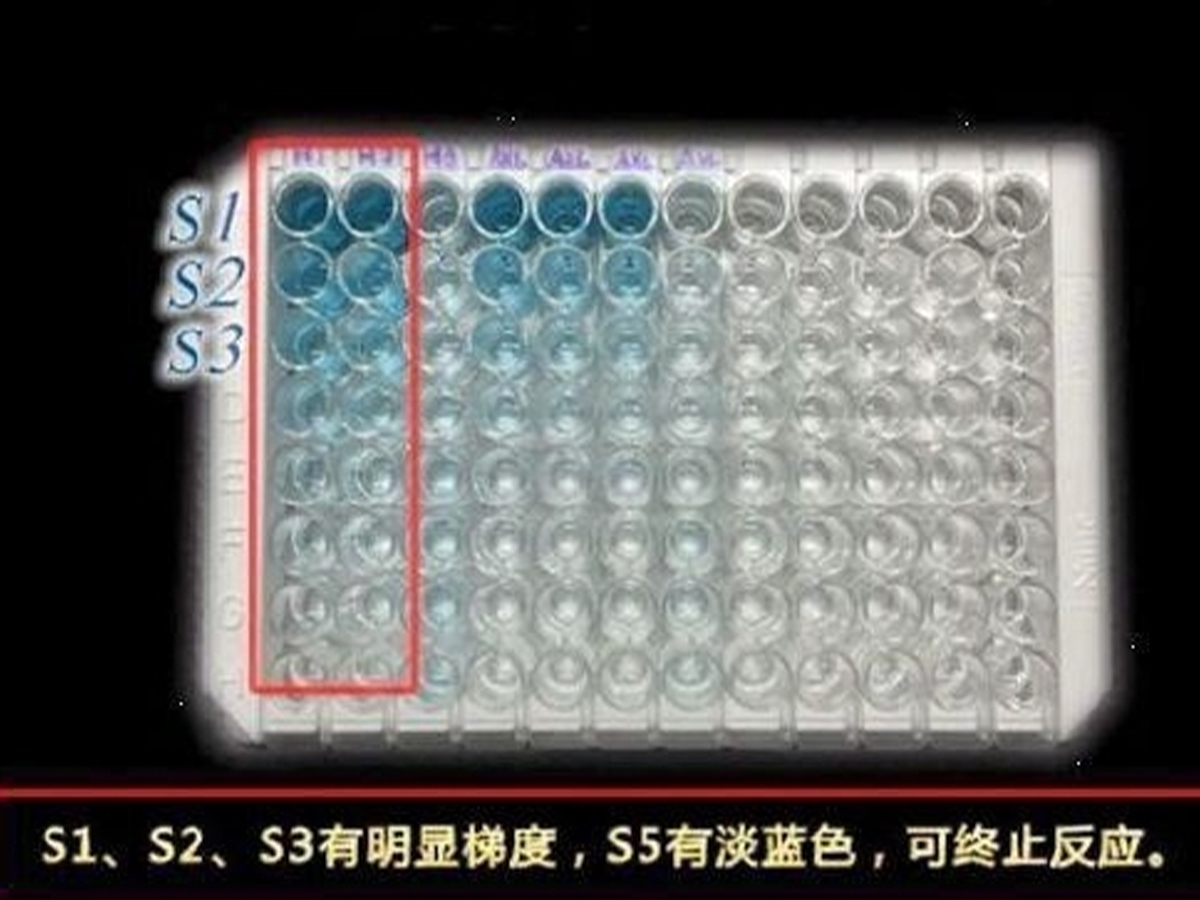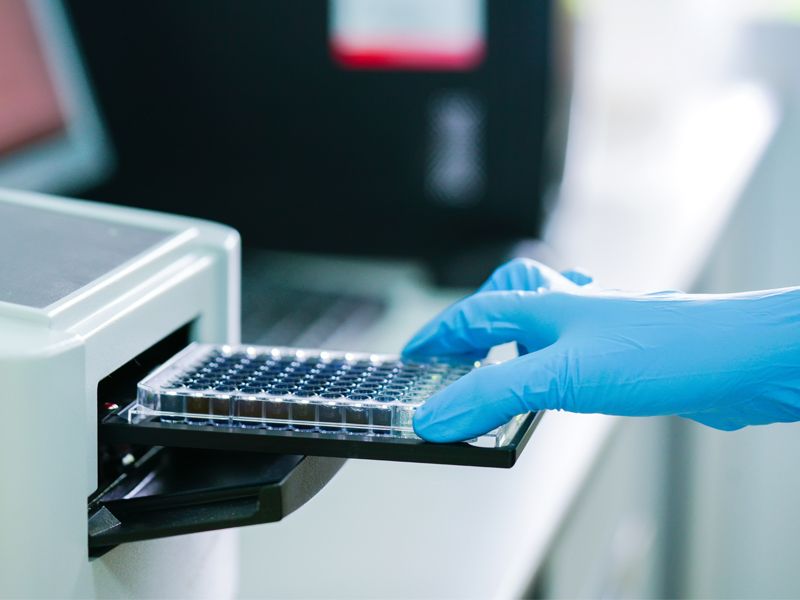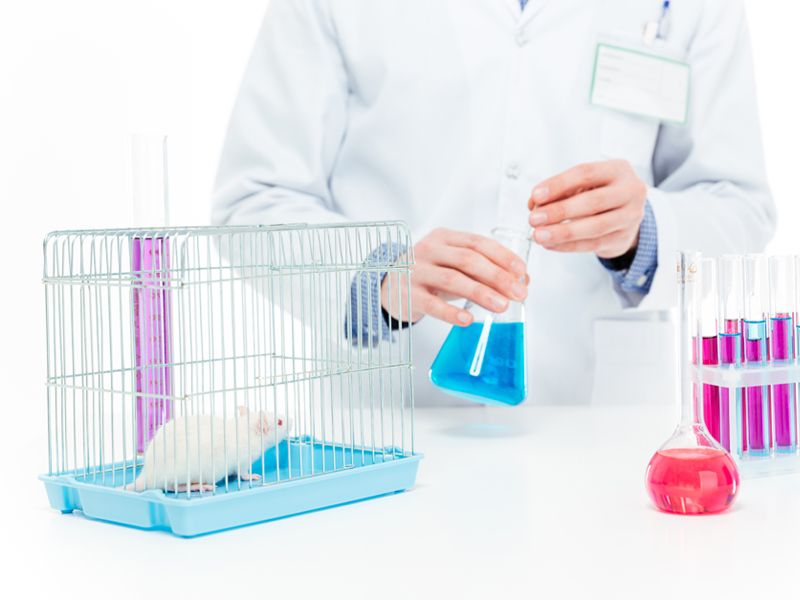Human CXCL5/ENA-78 Standard (人趋化因子CXC配体5/上皮来源的中性粒细胞激活肽78 标准品)
¥180.00
文章目录[隐藏]
本产品只包含标准品试剂,如需购买试剂盒请点击下图
-
- EK1219
- ELISA试剂盒
Human CXCL5/ENA-78 ELISA Kit检测试剂盒(酶联免疫吸附法)
- ¥1,600.00 – ¥2,650.00
| 商品名 |
Human CXCL5/ENA-78 Standard (人趋化因子CXC配体5/上皮来源的中性粒细胞激活肽78 标准品) |
|---|---|
| 组分 |
人趋化因子CXC配体5/上皮来源的中性粒细胞激活肽78标准品 |
| 板式 |
管 |
| 保存 |
短期4℃,长期-20℃保存 |
| 运输条件 |
4℃蓝冰运输 |
分子信息
CXCL5 分子靶点信息概述
- 分子名:CXCL5, C-X-C motif chemokine ligand 5
- 基因家族:Chemokine ligands
- 别名:ENA-78
- 曾用名:SCYB5
- 全称:small inducible cytokine subfamily B (Cys-X-Cys), member 5 (epithelial-derived neutrophil-activating peptide 78); chemokine (C-X-C motif) ligand 5
CXCL5 分子靶点综述
C-X-C基序趋化因子5(CXCL5),又名上皮来源的中性粒细胞激活肽78(ENA-78),是CXC趋化因子家族中的小分子量细胞因子。炎性细胞因子IL-1或TNF-α刺激细胞后可产生CXCL5,嗜酸性细胞也可表达CXCL5,而II型干扰素IFN-γ可抑制其表达。CXCL5通过与细胞表面趋化因子受体CXCR2相互作用来发挥其作用效果,可刺激具有血管生成特性的中性粒细胞的趋化性,并参与结缔组织重塑。CXCL5同样具有调节中性粒细胞稳态的作用。CXCL5在动脉粥样硬化(一种慢性炎症状态)中表达较高,但与中性粒细胞的浸润无关。相反,CXCL5可直接控制巨噬细胞的泡沫细胞形成,从而对动脉粥样硬化起保护作用。
人 Human CXCL5 分子靶点信息
- 分子名:CXCL5, C-X-C motif chemokine ligand 5
- 别称:
- C-X-C motif chemokine 5
- chemokine (C-X-C motif) ligand 5
- ENA-78
- ENA-78(1-78)
- epithelial-derived neutrophil activating protein 78
- epithelial-derived neutrophil-activating peptide 78
- epithelial-derived neutrophil-activating protein 78
- neutrophil-activating peptide ENA-78
- neutrophil-activating protein 78
- SCYB5
- small inducible cytokine B5
- small inducible cytokine subfamily B (Cys-X-Cys), member 5 (epithelial-derived neutrophil-activating peptide 78)
- small-inducible cytokine B5
- 基因序列:NCBI_Gene: 6374
- 蛋白序列:UniProtKB: P42830
人 Human CXCL5靶点分子功能(预测)
Enables identical protein binding activity. Predicted to be involved in several processes, including cellular response to lipopolysaccharide; chemokine-mediated signaling pathway; and neutrophil chemotaxis. Predicted to be located in extracellular region. Predicted to be active in extracellular space. Implicated in idiopathic pulmonary fibrosis. Biomarker of several diseases, including common cold; diffuse scleroderma; hyperhomocysteinemia; lung disease (multiple); and sinusitis.


